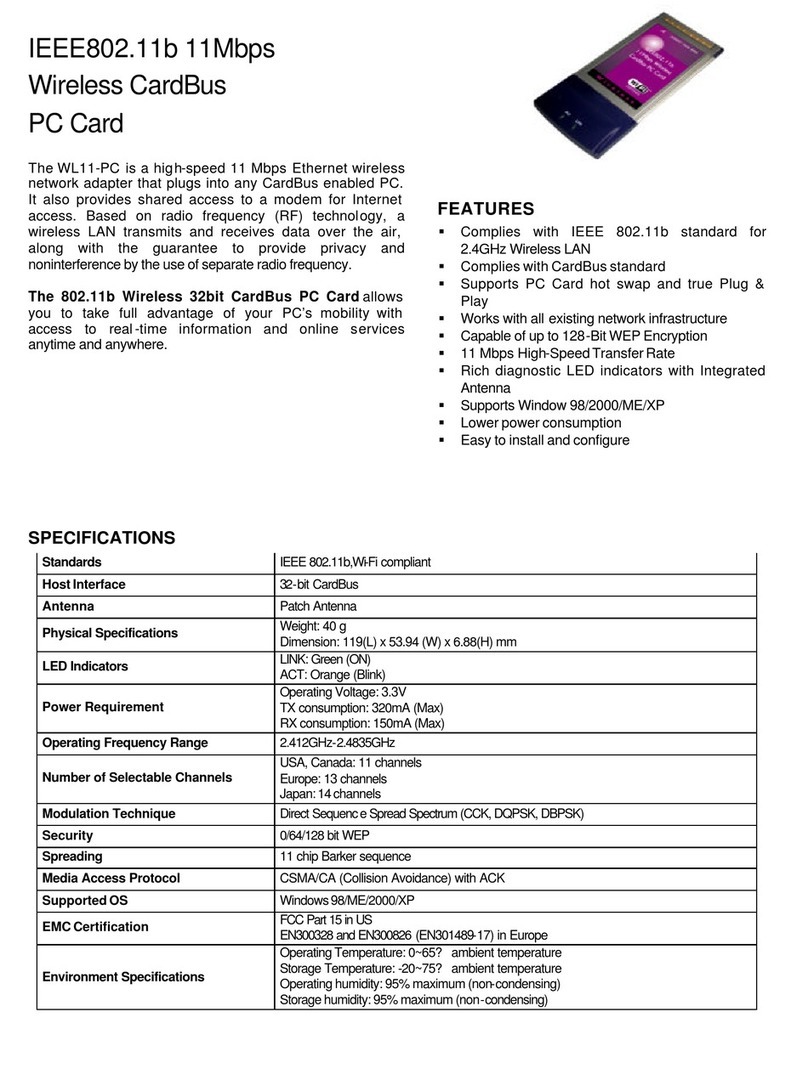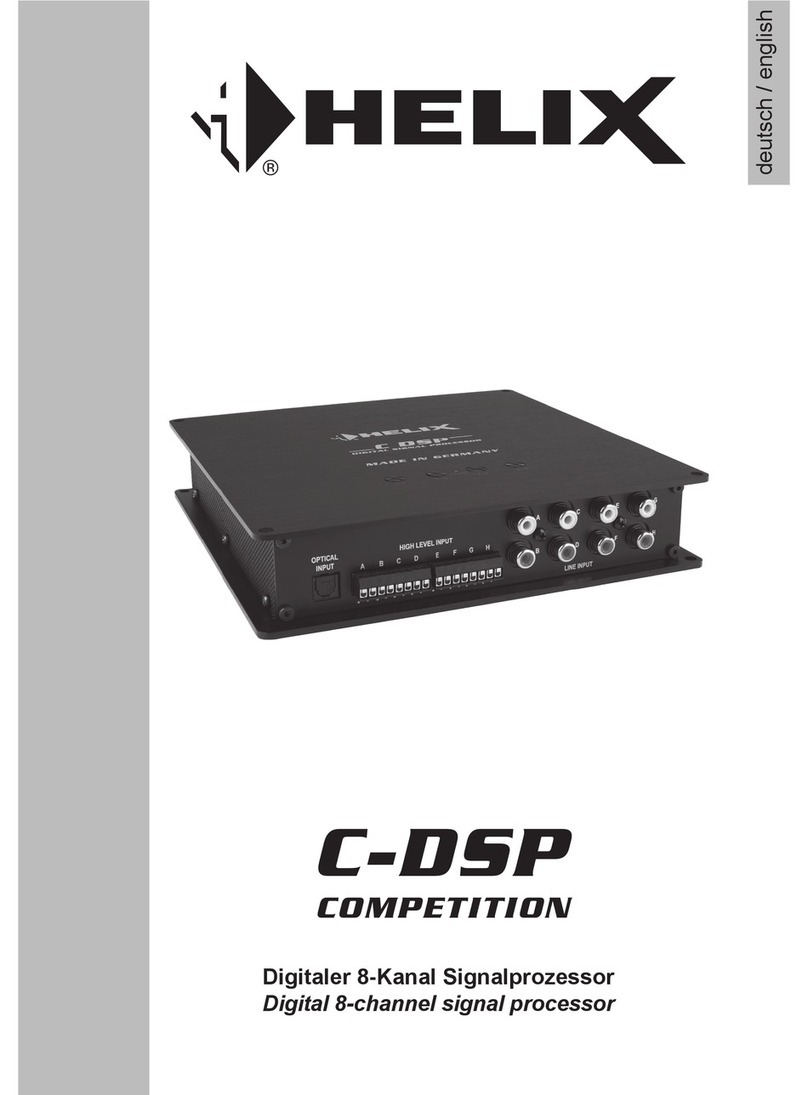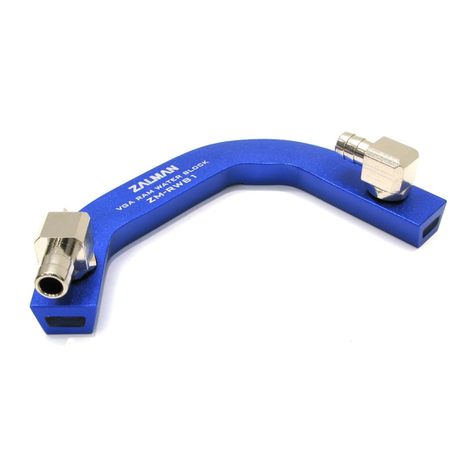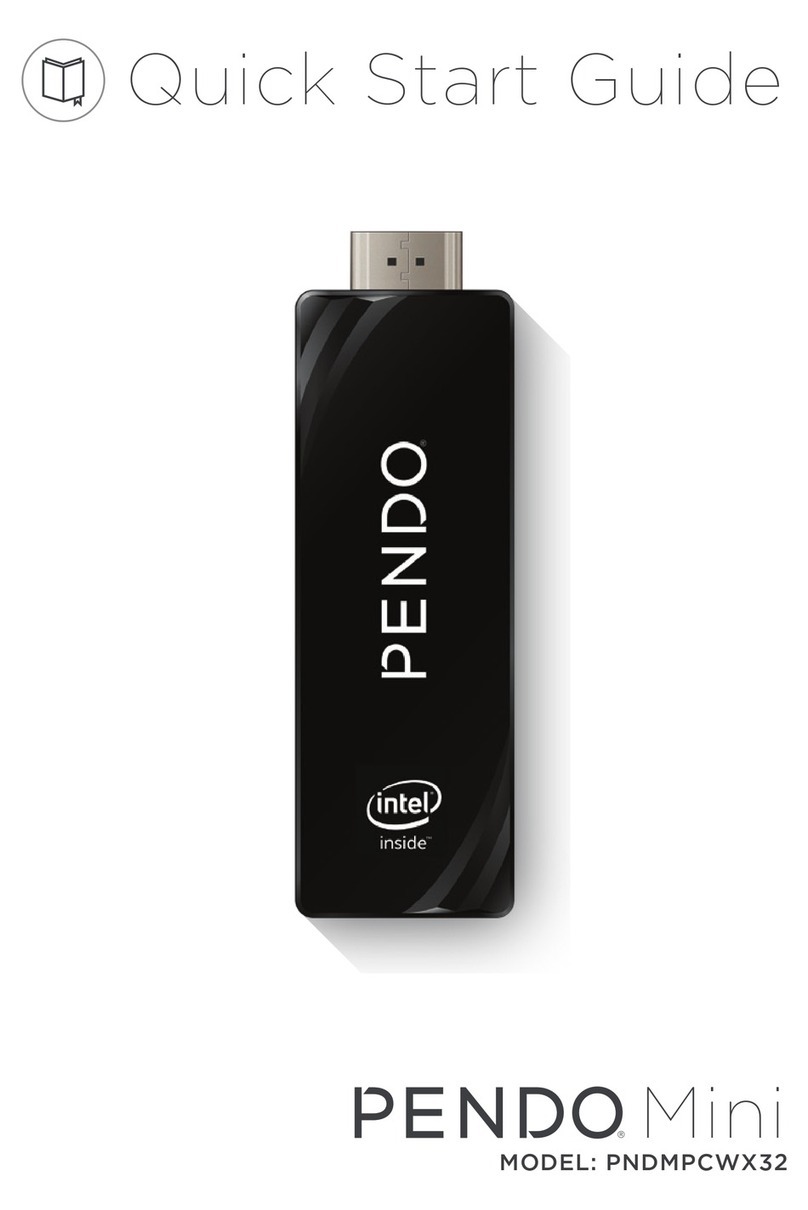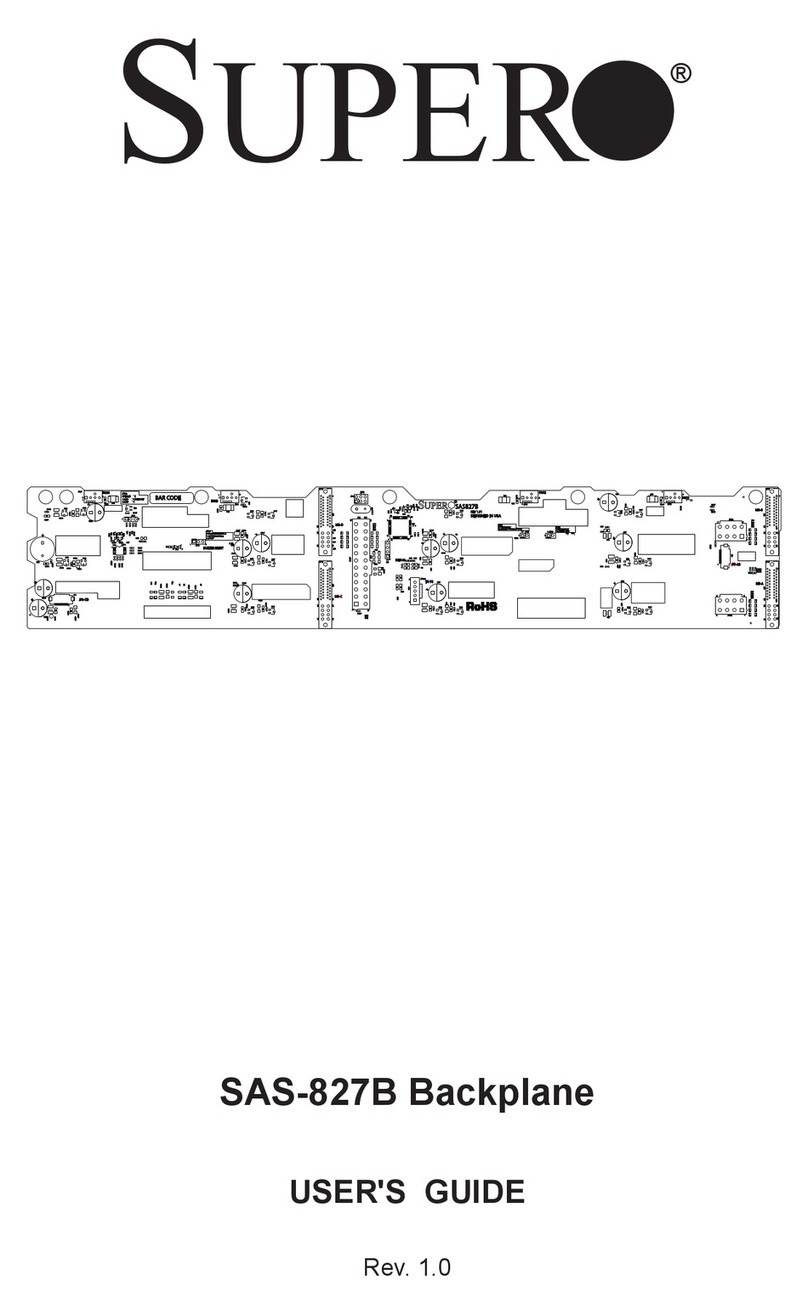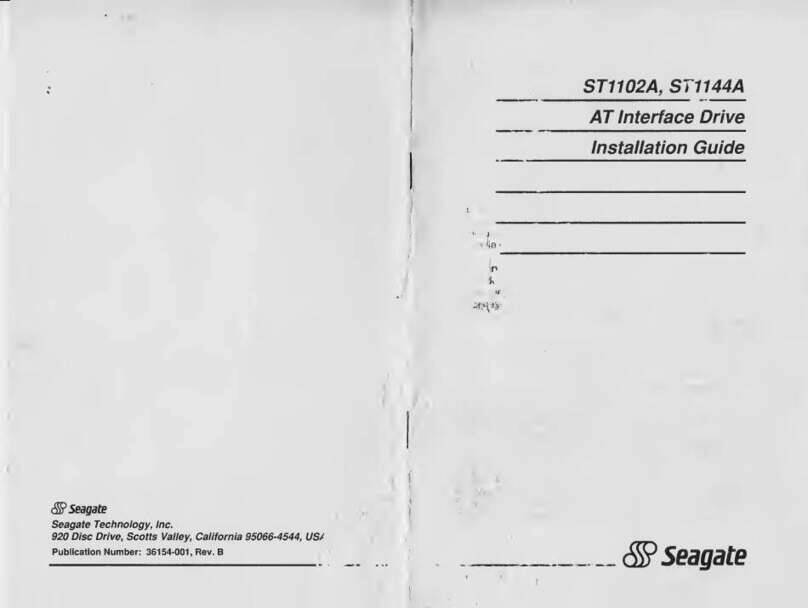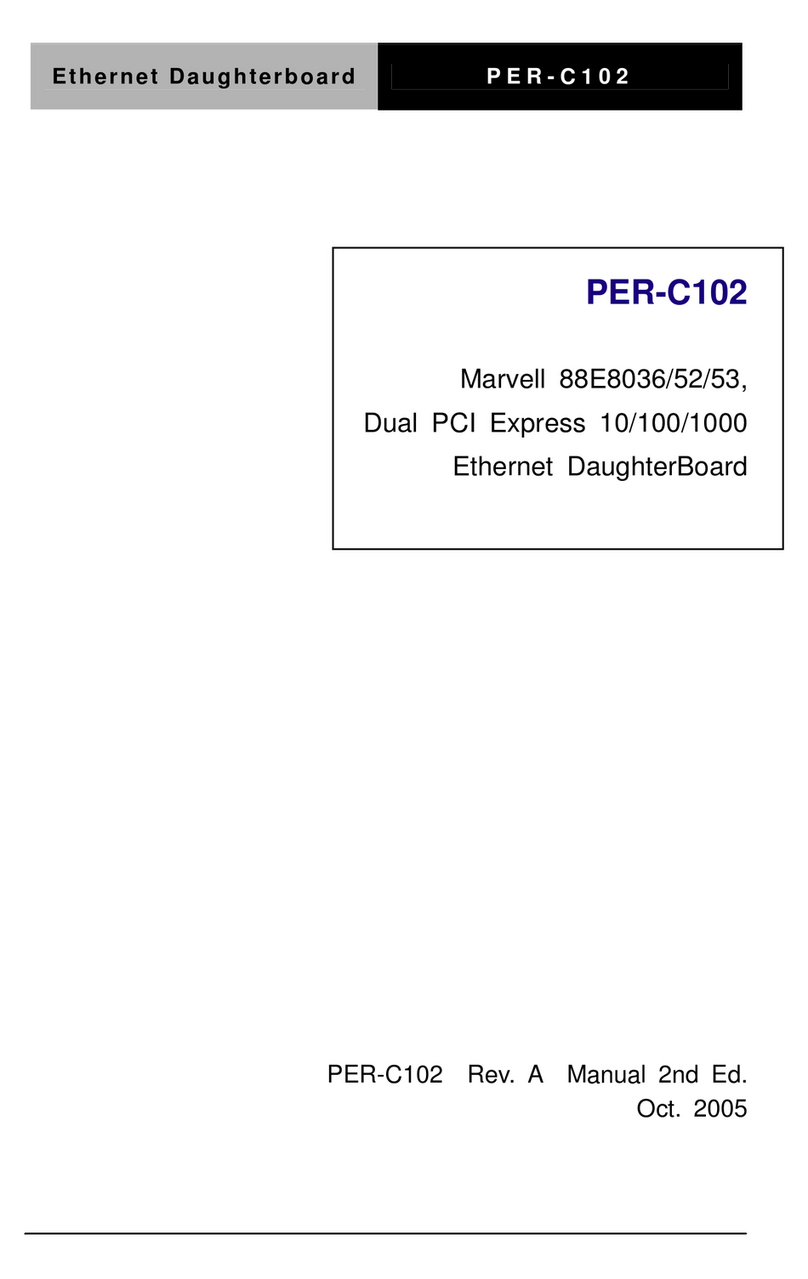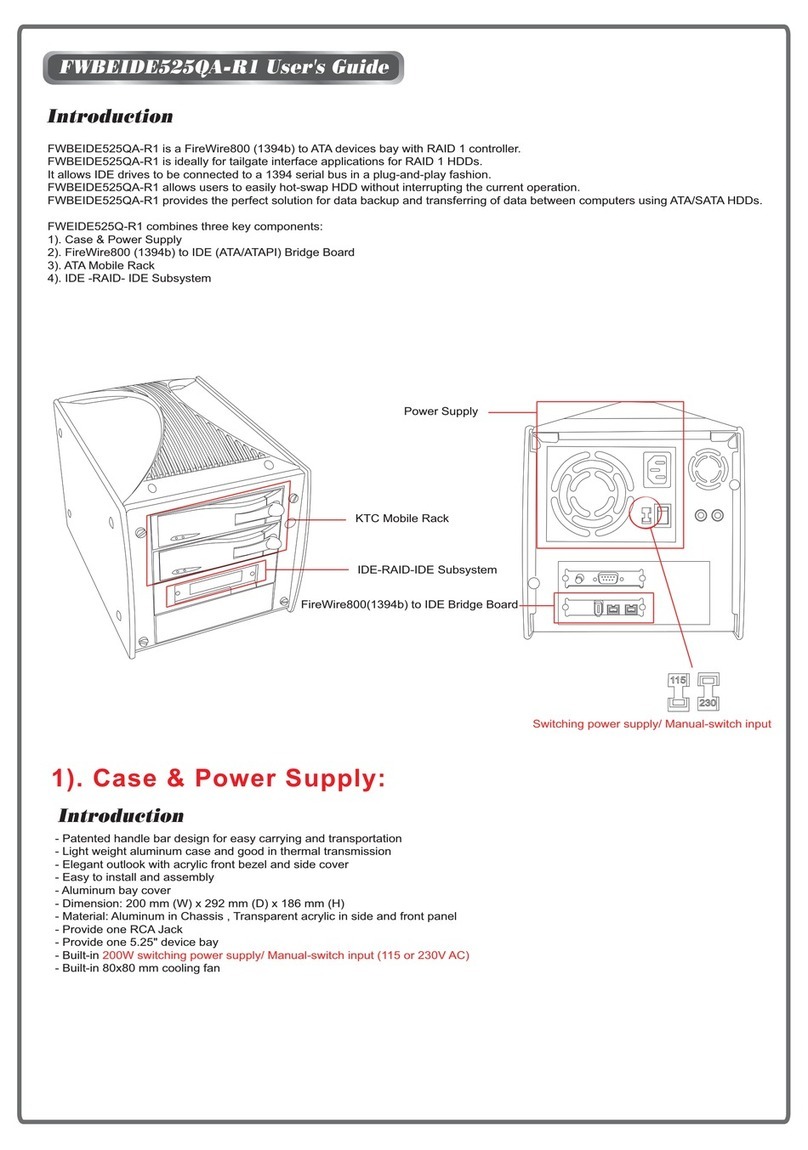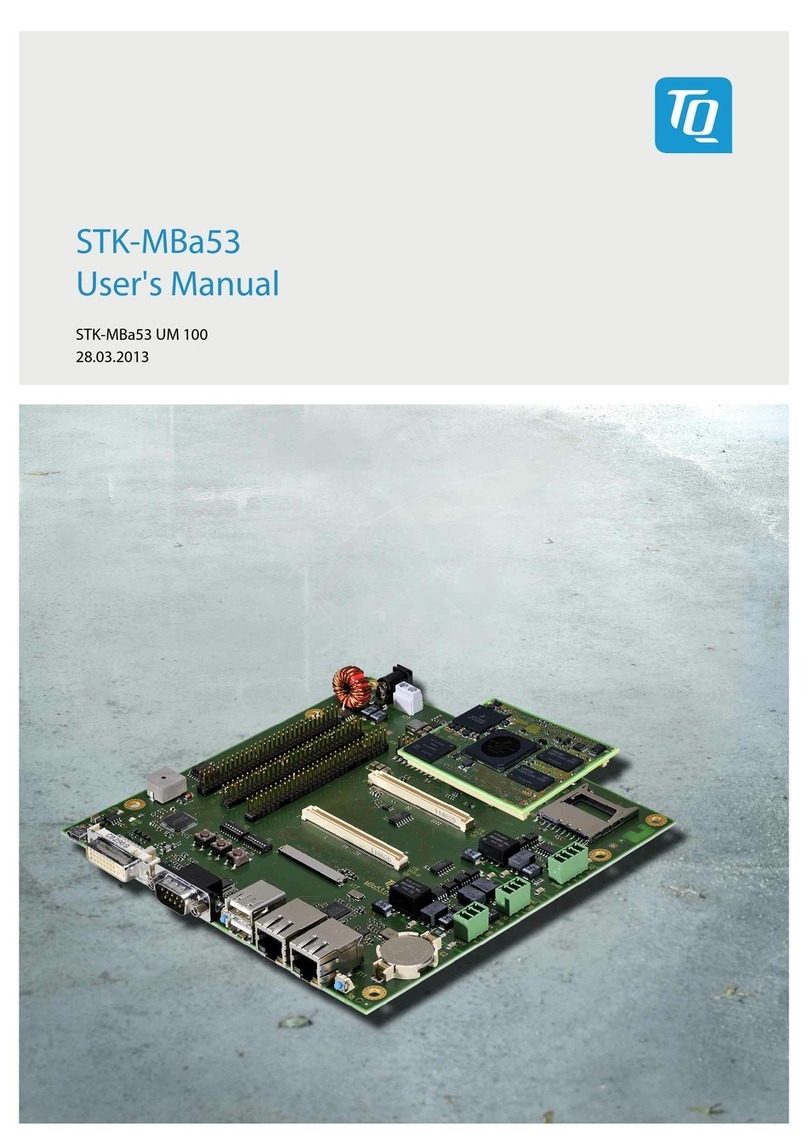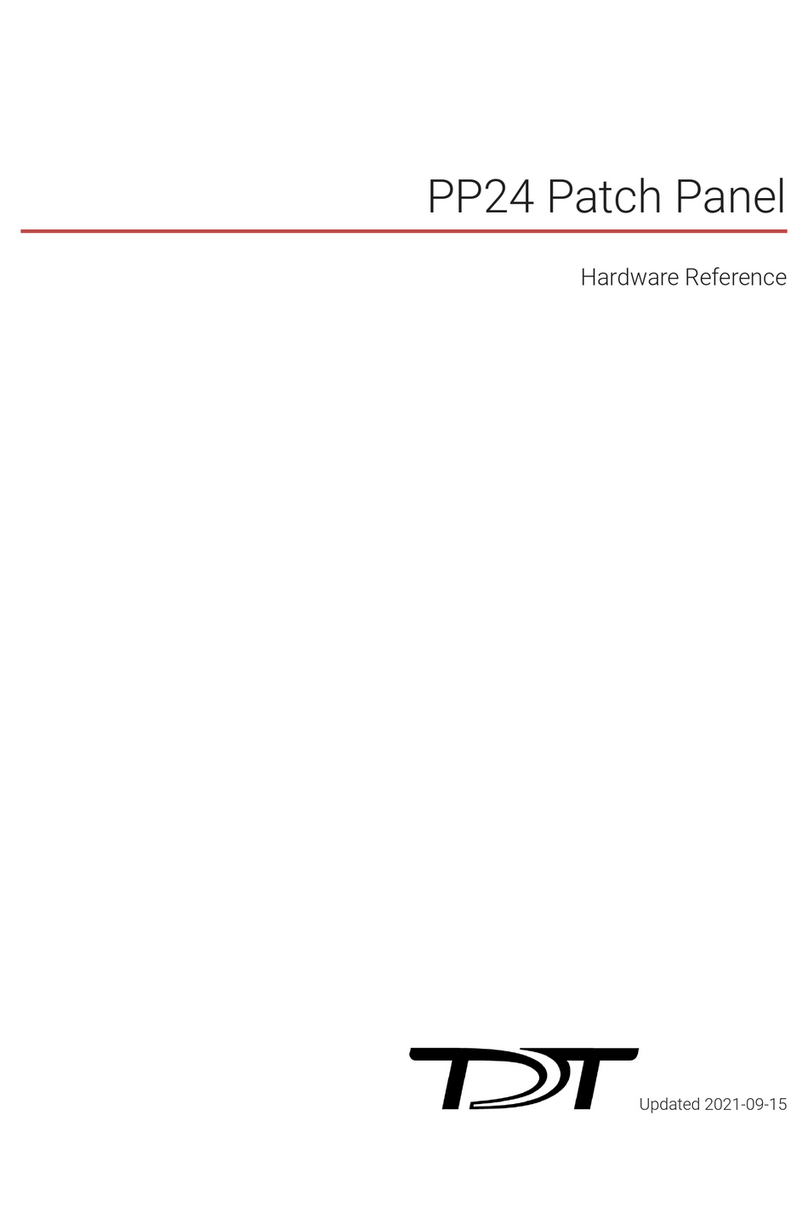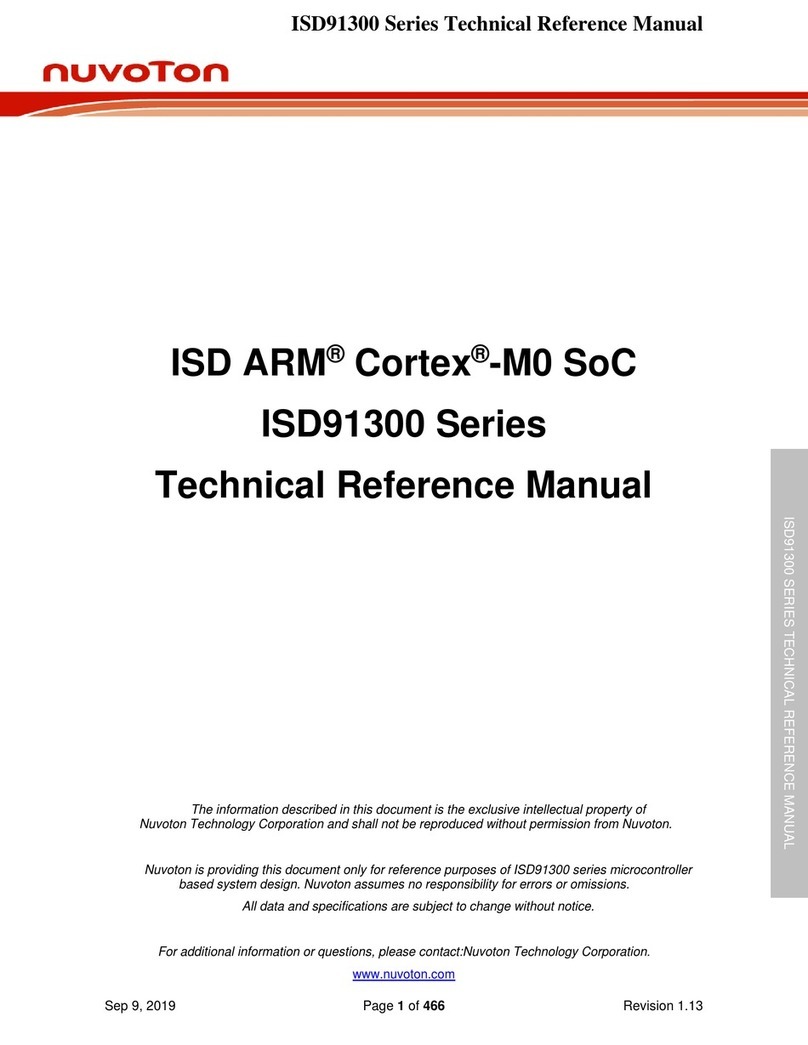Equip USB2.0 PCMCIA Adapter 2 Port User manual

Manual
www.equip-info.net
USB2.0 PCMCIA Adapter 2 Port
english

Manual_Page 2
www.equip-info.net
Content
Package Contents ____________________________________________________________________________3
Important Precautions ____________________________________________________________________3
1. Introduction_________________________________________
_______________________________________________4
1.1 General Information ________________________________________________________________________________4
1.2 Key Features ________________________________________________________________________________________4
1.3 Specifications ________________________________________________________________________________________4
1.4 Product Layout________________________________________________________________________________________5
1.5 Minimum System Requirements ________________________________________________________________5
2. Software Driver Installation ____________________________________________________________5
2.1 Windows XP, Vista ________________________________________________________________________________5
2.2 Windows 2000, ME, 98SE ________________________________________________________________________6
2.3 Verifying the Windows installation ____________________________________________________________6
Verifying Windows XP, Vista Installation ____________________________________________________7
Verifying Windows 2000 Installation ________________________________________________________7
Verifying Windows Me Installation ____________________________________________________________8
Verifying Windows 98 SE Installation ________________________________________________________8
2.4 Mac OS ________________________________________________________________________________________________9
Installing the driver in Mac OS 10.1.x ________________________________________________________9
Installing the driver in Mac OS 10.2.x ________________________________________________________9
Verifying the MAC OS driver installation ____________________________________________________10
3 Hardware Installation ____________________________________________________________________10
4 External Power Adapter ________________________________________________________________11
4.1 Low-power USB Peripherals ____________________________________________________________________11
4.2 4.2 High-power USB Peripherals ____________________________________________________________11
4.3 Specifications ____________________________________________________________________________________11
4.4 Connecting the Power Adapter ________________________________________________________________12
5 Troubleshooting________________________________________________________________________________12

Manual_Page 3
www.equip-info.net
Package Contents
1x USB 2.0 PCMCIA Adapter 2 Port
1x Setup CD
If any of the above items is missing or appear broken, contact your supplier immediately.
Important Precautions
Before getting started, read these instructions and keep them for later reference.
1. Do not disassemble or modify the product in any way. Disassembly or modification may
not only void warranty, but could cause damage or lead to fires or electric shock. Do not
use or store the product in damp locations. Liquid coming in contact with the product may
cause damage or lead to fires or electric shock.
2. Before removing the USB 2.0 PCMCIA Adapter from its anti-static package, safely
discharge any static electricity build-up by touching an unpainted piece of metal, which
may damage the computer or the USB 2.0 PCMCIA Adapter.
3. This product is for general computer use. It is not to be used as equipment requiring
exceptional reliability, particularly when the breakdown or malfunction of this product
may jeopardize life or health (such as aerospace equipment, atomic power control
systems, traffic-related equipment, transportation equipment, industrial robotics,
combustion equipment, various safety devices, and life-support systems).

Manual_Page 4
www.equip-info.net
1. Introduction
1.1 General Information
The USB 2.0 PCMCIA Adapter provides two convenient USB 2.0 ports to a PC or
Mac notebook computer for connecting high-speed mass storage devices, cameras,
printers, and other USB devices.
1.2 Key Features
• Provides two USB 2.0 downstream ports
• Fully backward compatible with USB 1.1 devices
• Compliant with EHCI, OHCI, 32-bit CardBus and PCMCIA Type II specifications
• Supports high-speed data transfer rate up to 480Mbps
• Supports hot swapping and Plug-and-Play capability
• Provides bus fault detection and over current protection
• Supports more power current to improve most of high-powered devices connection
without auxiliary power requirements.
1.3 Specifications
Chipset NEC
Interface 32-bit CardBus type II slot
Connectors Two USB 2.0 downstream ports
Date Transfer Rate Supports high-speed 480Mbps / full-speed 12Mbps / low-speed 1.5Mbps
Protection By resetable fuse protected
Environmental Operating Temperature: 5°C ~ 40 °C
Storage Temperature: -20°C ~ 60°C
Operating Humidity: 0% ~ 80% RH, non-condensing
Certification FCC Class B, ICES-003, CE
Output Voltage DC +5V per port
Output Current Bus powered:
Approximately 1000 mA total, 500 mA per port
Specifications are subject to revision or update without notice.

Manual_Page 5
www.equip-info.net
1.4 Product Layout
1.5 Minimum System Requirements
Windows PC:
• Pentium 133MHz or higher
• One available CardBus or PCMCIA Type II slot
• CD or DVD drive
• Windows 98SE, Windows ME, Windows 2000, Windows XP, Windows Vista
Macintosh:
• Mac OS 10.1 or later
• One available CardBus slot
2. Software Driver Installation
2.1 Windows XP, Vista
The USB 2.0 PCMCIA Adapter works with the Windows XP/Vista standard built-in driver
provided by Microsoft Corporation. Therefore, no additional driver software is necessary.
1. When the USB 2.0 PCMCIA Adapter is inserted as per instructions in Chapter 3, the
"New Hardware Wizard" will launch, and recognize the USB 2.0 PCMCIA Adapter as a
"NEC PCI to USB Enhanced Host Controller".
2. Windows will automatically install the correct driver and display a confirmation.
Installation is now complete and the USB 2.0 PCMCIA Adapter is ready for use.

Manual_Page 6
www.equip-info.net
2.2 Windows 2000, ME, 98SE
1. Insert the Setup CD into the notebook’s CD-ROM or DVD-ROM drive.
2. Locate the program U2v242.exe in the Windows folder, and double click it to
run the setup program.
3. After the program has finished installation, restart the computer.
4. When the USB 2.0 PCMCIA Adapter is inserted as per instructions in Chapter 3,
the "New Hardware Wizard" will launch, and recognize the USB 2.0 PCMCIA Adapter
as a "NEC PCI to USB Enhanced Host Controller".
5. Windows will automatically install the correct driver and display a confirmation.
Installation is now complete and the USB 2.0 PCMCIA Adapter is ready for use.
2.3 Verifying the Windows installation
To verify the USB 2.0 PCMCIA Adapter has been successfully installed in Windows, open
the System Properties from the Control Panel, and click the Device Manager. The USB
CardBus Adapter should be listed as follows:
NEC PCI to USB Enhanced Host Controller
NEC PCI to USB Open Host Controller
NEC PCI to USB Open Host Controller
USB2.0 Root Hub Device
USB Root Hub
USB Root Hub
Note:
The “system properties list” varies slightly between different Windows versions.
The following screens list the appropriate entries found in different Windows
operating systems:

Manual_Page 7
www.equip-info.net
Verifying Windows XP, Vista Installation
Verifying Windows 2000 Installation

Manual_Page 8
www.equip-info.net
Verifying Windows Me Installation
Verifying Windows 98 SE Installation

Manual_Page 9
www.equip-info.net
2.4 Mac OS
Installing the driver in Mac OS 10.1.x
1. Insert the Setup CD into the CD-ROM, and double click the CD-ROM Icon. Find the file
“USB2EHCI_v108.img.bin” file from the MAC\MAC10.1-5 folder and DRAG it onto the
Desktop.
2. On the desktop, double click the “USB2EHCI_v108.img.bin” file and a new icon named
“USB2EHCI_v108” will be created. Double click this icon to install the USB 2.0 EHCI
Support drivers.
3. The MAC OS will run the USB 2.0 EHCI Installer application automatically. Computer
administrator authorization may be required. Follow the steps to complete the
installation, and upon completion, restart the computer.
4. When the computer has been restarted, the USB 2.0 PCMCIA Adapter will be ready
for use.
Installing the driver in Mac OS 10.2.x
1. Insert the Setup CD into the CD-ROM, and double click the CD-ROM Icon. Find the file
“USB2EHCI_v3_1_5.sit” file from the MAC\MAC10.2.3-8 folder and DRAG it onto the
Desktop.
2. On the desktop, double click the “USB2EHCI_v3_1_5.sit” file and a new folder named
“v3_1_5” will be created. Double click this folder icon to open it. Inside a folder named
OEM will be listed. Double click this OEM folder and inside will be listed a file named
“USB2EHCI_v3_1_5.pkg”.
3. Double click the file “USB2EHCI_v3_1_5.pkg” to install the USB 2.0 EHCI Support drivers.
4. The MAC OS will run the USB 2.0 EHCI Installer application automatically. Computer
administrator authorization may be required. Follow the steps to complete the
installation, and upon completion, restart the computer.
5. When the computer has been restarted, the USB 2.0 PCMCIA Adapter will be ready
for use.

Manual_Page 10
www.equip-info.net
Verifying the MAC OS driver installation
To verify the USB 2.0 PCMCIA Adapter driver has been successfully installed in the Mac OS,
locate and open the Apple System Profiler. When the Apple System Profiler is open, click
the Devices and Volumes tab, and find the USB information section. When a USB
device (e.g. mouse, keyboard, camera, etc.) is connected to the USB 2.0 PCMCIA Adapter,
click refresh under the Window menu and the item will be listed.
3. Hardware Installation
Before removing the USB 2.0 PCMCIA Adapter from its package, touch the exposed metal
casing on the computer's power supply or an unpainted metal portion of the computer case.
This safely discharges any static electricity build-up that may damage the computer or the
USB 2.0 PCMCIA Adapter.
1. Locate an available CardBus or PCMCIA II slot on the notebook computer.
2. Carefully insert the USB 2.0 PCMCIA Adapter into the CardBus or PCMCIA II slot until
it is seated firmly.

Manual_Page 11
www.equip-info.net
4. External Power Adapter
The USB card bus adapter supports most of USB devices connection without auxiliary power
requirements. You can refer to following list of USB peripherals. If you want to connect a
higher capacity with high current storage enclosure that requires power current more than
500ma, the devise may become unstable or even crash your system to stall or crash. In this
situation, an external power adapter may be used to supply additional power. It is advised to
check the USB peripheral’s power consumption requirements prior to connecting to the USB
2.0 PCMCIA Adapter.
4.1 Low-power USB Peripherals
The following list of USB peripherals provides a general guideline for the types of devices
that require low power USB connections, and typically do not require an external power
adapter:
USB Mouse; USB Keyboard, USB Flash Disk, USB Ethernet; USB Flash Card Reader; USB
Data Link Cable; Self-powered USB Printer; Self-powered USB speaker; Self-powered
USB Scanner; Self-powered USB Digital Camera or other devices that require less
than 500mA.
4.2 High-power USB Peripherals
The following list of USB peripherals provides a general guideline for the types of devices
that typically require high power USB connections, and may require an external
power adapter:
USB Floppy Drive; High-capacity or high-powered storage hard disk enclosure;
bus-powered USB Camera; or other devices that require more than 500mA.
4.3 Specifications
If an external power adapter is required, contact a local supplier for an adapter with the
following specifications:
1. Output: DC 5V / 1.5 A (for two ports)
2. Power Plug: 1.3 (inner) * 3.5 (outer) * 9.6 mm (length)
∅∅

Manual_Page 12
www.equip-info.net
4.4 Connecting the Power Adapter
After an appropriate power adapter has been identified, simply plug it into the external
adapter jack of the USB 2.0 PCMCIA Adapter.
5. Troubleshooting
This chapter outlines the solutions to some challenges Windows users have encountered
when using the USB 2.0 PCMCIA Adapter.
NOTE:
Most USB devices require USB device software drivers be installed prior to connecting to a
computer. When installing a USB device always follow the USB peripheral installation
instructions provided by the manufacturer.
1.
Windows Device Manager does not show the USB 2.0 PCMCIA Adapter.
SOLUTION:
(a) Check if the USB 2.0 PCMCIA Adapter is correctly installed in the CardBus
or PCMCIA II slot.
(b) Remove it and try and different CardBus or PCMCIA II slot in case there the bus
has conflicts.
(c) Repeat the driver installation procedures, then see if the device exists.

Manual_Page 13
www.equip-info.net
(d) The computer’s operating system version may need to be updated to support USB
devices. Refer to the Windows website and update the computer to the latest OS
version or service pack.
2.
A USB peripheral is detected by the computer but not functioning properly.
SOLUTION:
Click the right mouse button on the My Computer icon and select Properties. Select
Device Manager and view the Universal Serial Bus Controllers. One of the following four
conditions are displayed:
(a) If the peripheral is displayed in the Device Manager, the USB 2.0 PCMCIA Adapter is
working properly. The problem exists with either the peripheral or its software drivers. Try
disconnecting the USB device, closing any software that may be trying to access the
peripheral, uninstalling the USB peripheral software drivers, reboot the computer, and
then reinstall the software drivers. Connect the USB peripheral to the computer after the
software drivers are installed. Refer to the manual for the USB peripheral for more
information.
(b) If the device displays as an unknown device, check the following items:
i. If the USB device is connected to a USB port of a USB Hub, unplug it from the USB
Hub and plug it directly into a USB port on the notebook or the USB 2.0 PCMCIA
Adapter.
ii. The device may not be getting enough power. If multiple USB peripherals are in use,
remove them all (except keyboard and mouse) and restart the computer. Upon
restarting Windows, check the Device Manager again. If this solves the issue, use a
self-powered USB hub to provide power to the USB peripherals.
iii. Disconnect the USB peripheral, close any software that may be trying to access the
peripheral, uninstall the USB peripheral software drivers, reboot the computer, and
then reinstall the software drivers. Connect the USB peripheral to the computer after
the software drivers are installed.
(c) If the peripheral is displayed under Other Devices in the Device Manager, the USB
ports are working but the device software drivers need to be installed. Unplug the USB
device and install the software drivers.
(d) The device is not listed in the Device Manager anywhere. Read the following section
for troubleshooting this scenario.

Manual_Page 14
www.equip-info.net
3.
The USB peripheral is not detected by the computer.
The following steps provide general troubleshooting guidelines to determine the source
of USB problems when the computer does not detect a USB peripheral:
(a) Check Device manager to see whether the device displays under the USB section or
the Other Devices section. Click the right mouse button on the My Computer icon and
select Properties. Select Device Manager and view the Universal Serial Bus Controllers,
or under the Other Devices section. If the peripheral is found under Universal Serial Bus
controllers or Other Devices, uninstall the device from Device Manager, disconnect the
USB device, restart the computer, and install the USB device software following the
manufacturer's instructions.
(b) If the USB device is not displayed in the Device Manager, double-click the USB Root
Hub, click the Power tab, and then click Power Properties (if it is shown). The available
ports and power usage is shown. If the displayed power is over 500mA, remove USB peri
pherals and use a self-powered USB Hub.
(c) Only use high-speed cables less than three meters with high-speed USB devices
(i.e. Multifunction devices, scanners, and cameras).
(d) Try plugging the USB Peripheral into a different USB port. If the USB device displays in
Device Manager after plugging into a different port, then uninstall and reinstall the USB
device software drivers.
4.
During installation, Windows cannot locate the files needed to complete installation.
SOLUTION:
If Windows reports that it is unable to find the file(s) necessary to install the USB 2.0
PCMCIA Adapter, there will be a field at the bottom of the window requesting where to
"Copy files from". In this location, change the file location to match the OS CD. If using
Windows 98 SE, choose D:\Win98 (If D is the drive letter of the CD-ROM). If using
Windows 2000 or XP, change to D:\i386.
Table of contents
Popular Computer Hardware manuals by other brands
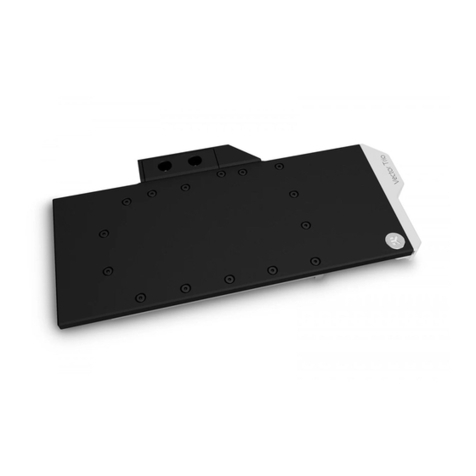
ekwb
ekwb EK-Quantum Vector RTX 3080/3090 D-RGB user guide
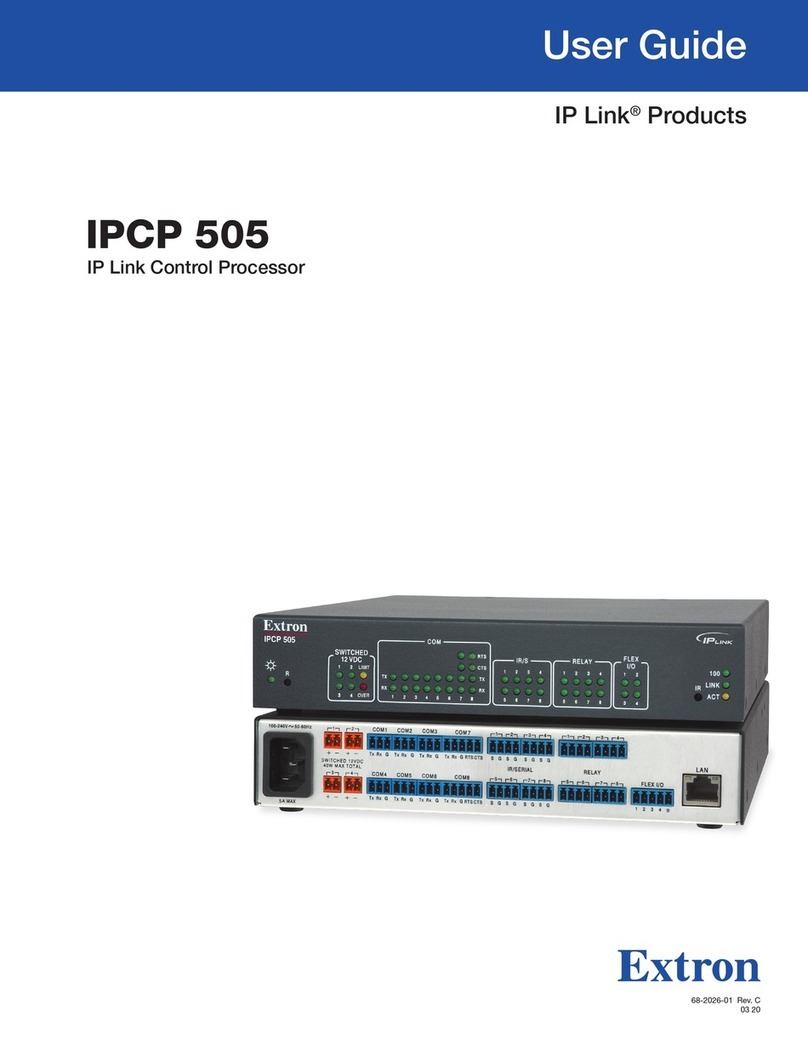
Extron electronics
Extron electronics IPCP 505 user guide

AMS
AMS AS3992 Application note

BenQ
BenQ QPro quick start guide
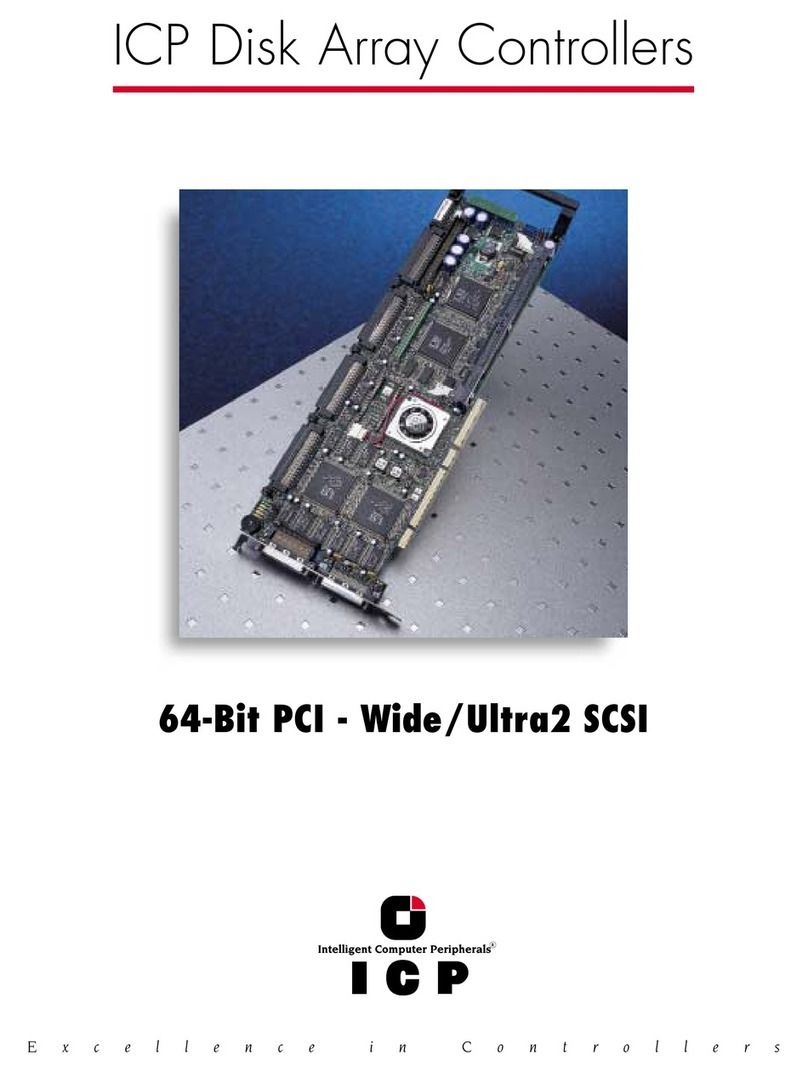
ICP vortex Corporation
ICP vortex Corporation 64-Bit PCI - Wide/Ultra2 SCSI specification
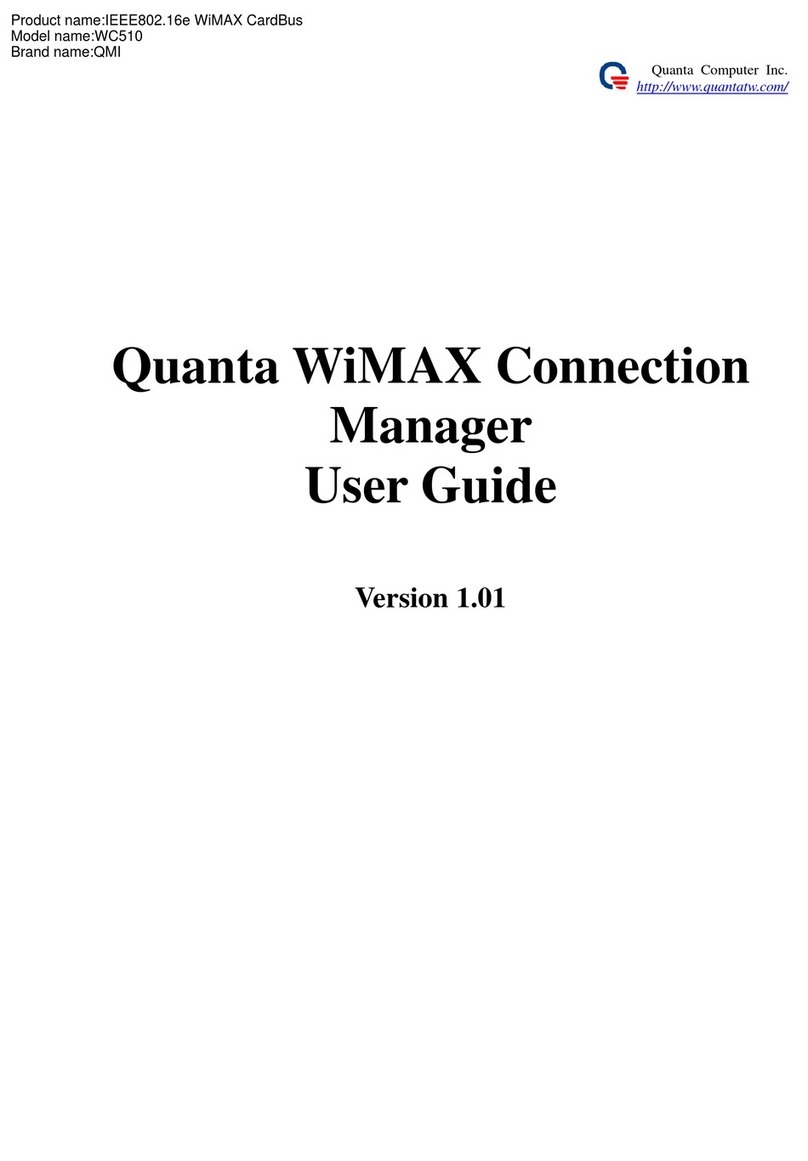
Quanta Computer
Quanta Computer WiMAX WC510 user guide
